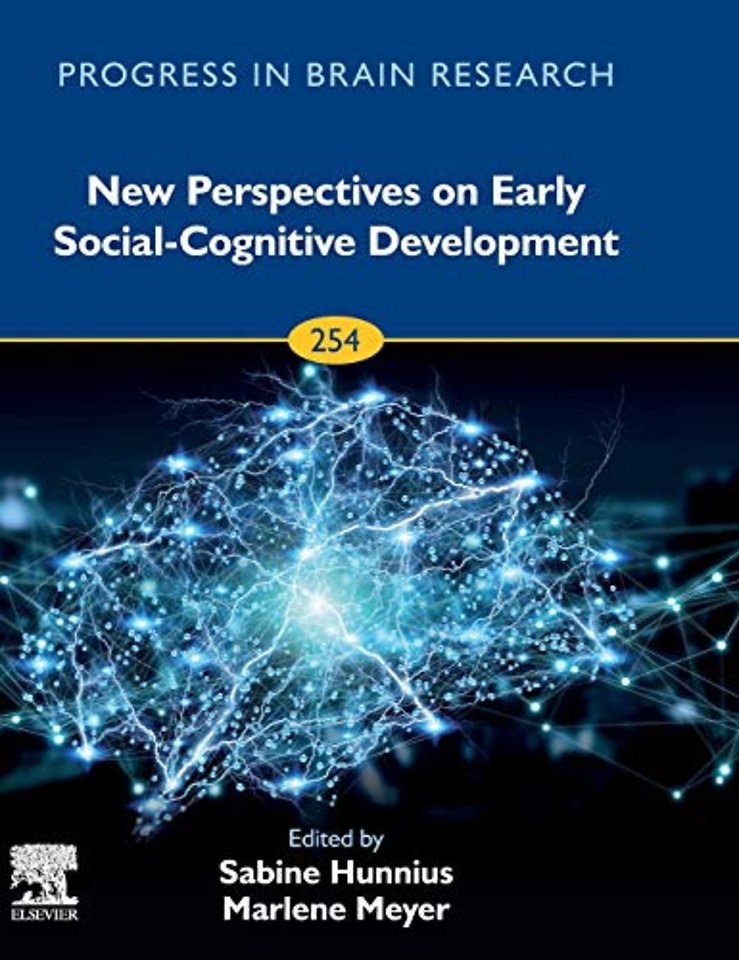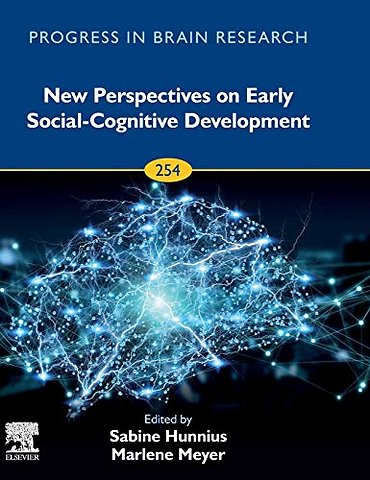<p>Studying parent-child interaction with hyperscanning</p> <p>Trinh Nguyen, Anna Bánki, Gabriela Markova and Stefanie Hoehl</p> <p>2. Importance of body representations in social-cognitive development: New insights from infant brain science</p> <p>Andrew N. Meltzoff and Peter J. Marshall</p> <p>3. Early maturation of the social brain: How brain development provides a platform for the acquisition of social-cognitive competence</p> <p>Judit Ciarrusta, Ralica Dimitrova and Grainne McAlonan</p> <p>4. Using head-mounted eye-trackers to study sensory-motor dynamics of coordinated attention</p> <p>Chi-hsin Chen, Claire Monroy, Derek M. Houston and Chen Yu</p> <p>5. Motion tracking in developmental research: Methods, considerations, and applications</p> <p>Johanna E. van Schaik and Nadia Dominici</p> <p>6. Getting a grip on early intention understanding: The role of motor, cognitive, and social factors</p> <p>Charlotte L. de Moor and Sarah A. Gerson</p> <p>7. Theory of mind development: State of the science and future directions</p> <p>Diane Poulin-Dubois</p> <p>8. How an infant's active response to structured experience supports perceptual-cognitive development</p> <p>Sori Baek, Sagi Jaffe-Dax and Lauren Emberson</p> <p>9. Becoming better together. The early development of interpersonal coordination</p> <p>Marlene Meyer and Sabine Hunnius</p> <p>10. The developmental emergence of morality: A review of current theoretical perspectives</p> <p>Markus Paulus</p> <p>11. Culture and early social-cognitive development</p> <p>Joscha Kärtner, Nils Schuhmacher and Marta Giner Torréns</p> <p>12. Insights from comparative research on social and cultural learning</p> <p>Trix Cacchione and Federica Amici</p> <p>13. Social attention: What is it, how can we measure it, and what can it tell us about autism and ADHD?</p> <p>Eleanor K. Braithwaite, Anna Gui and Emily J.H. Jones</p>

